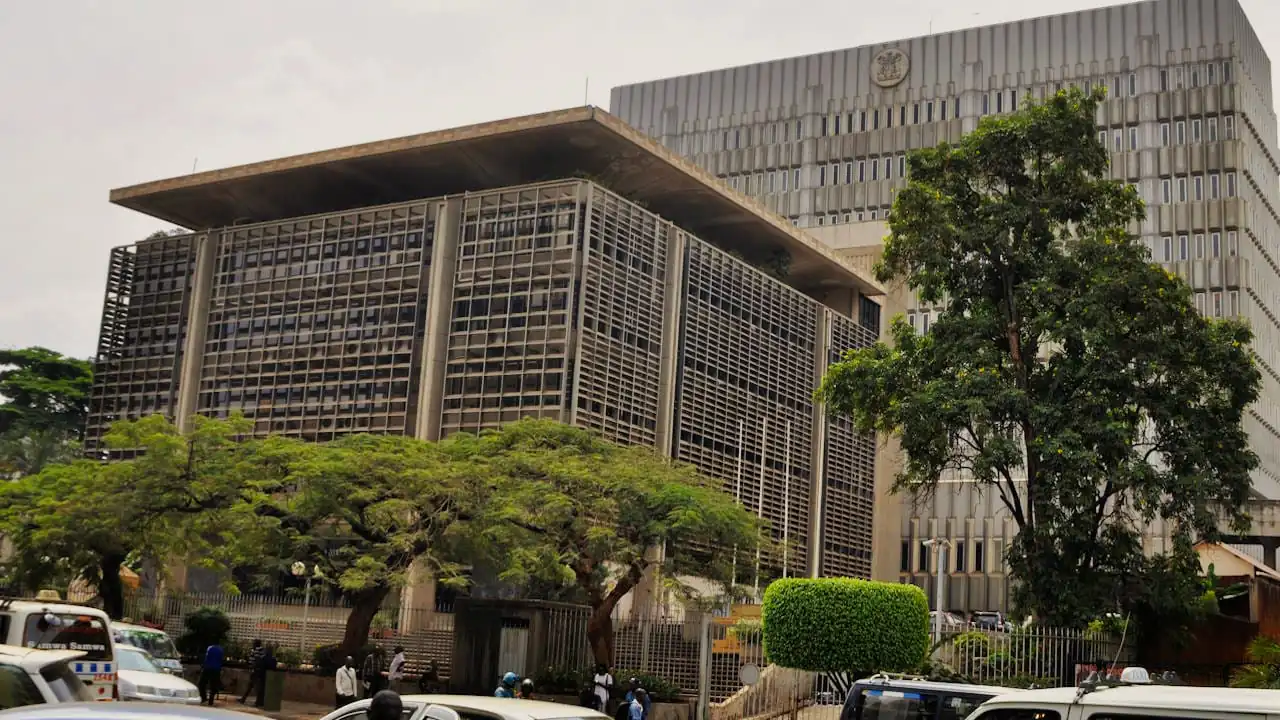
The Bank of Uganda said that economic activity continues to strengthen, although the weakening shilling may cause a slight increase in inflationary pressures, as it kept interest rates unchanged.
The bank’s Monetary Policy Committee voted to keep its key interest rate at 9.5 per cent, where it was set for the first time in August last year. It also raised its one-year inflation forecast to account for the recent depreciation of the exchange rate; the headline rate is expected to rise to 3 per cent in the first half of this year, while core inflation is expected to rise to between 4.5 per cent and 5 per cent — both within its target.
Related: Consumer prices jump, closing door on interest rate cuts
The rediscount rate and the bank rate were kept at 12.5 per cent and 13.5 per cent respectively.
The MPC said the main risks to its inflation outlook were from global commodity prices, as instability in the Middle East creates new supply chain disruptions and threatens higher oil prices, and from “heightened volatility” in global financial markets.
“Indeed, the recent shilling movements against the US dollar are primarily driven by external factors and if sustained could result in higher inflation despite the easing of global inflation,” it said in its monetary policy statement.
“Furthermore, renewed global supply disruptions could reverse global disinflation and delay the easing of monetary policies in advanced economies, leading to persistent portfolio outflows and exerting more depreciation pressures on the Uganda shilling.”
The central bank said growth continues to strengthen, “in part reflecting the waning drag on growth from past tight monetary and fiscal policies.” It left its growth forecast for the 2023/2024 fiscal year unchanged at 6 per cent.
However, it warned of “considerable uncertainty,” including the aforementioned global supply chain disruptions and unfavourable financial conditions, which could lead to a tightening of fiscal policy.
In addition, increased government borrowing from domestic sources could lead to higher interest rates and crowd out the private sector, weakening household consumption and private investment.
The central bank is walking a fine line as it tries to support economic activity while keeping inflation in check.
Private sector credit growth has remained below double digits — 8.1 per cent on year in December — and was weaker on average last year than in 2022, despite policy easing and an improving economy.
Average lending rates for shilling-denominated loans at banks fell to 16.7 per cent in December, the lowest in seven months, but credit uptake has been limited by tighter lending standards. In addition, lending rates on foreign currency loans remained high, ranging from 8.1 per cent and 9.2 per cent between April and December.
Read more: Strong economy to boost bank lending, deposits in 2024, says BMI
The BoU expects growth to be driven by increased demand for exports and a low inflation environment. It is also counting on activity in the oil and gas sector to boost investment.
The committee said its current policy stance “remains supportive of socio-economic transformation” and that it would base future decisions on incoming economic and financial data.






